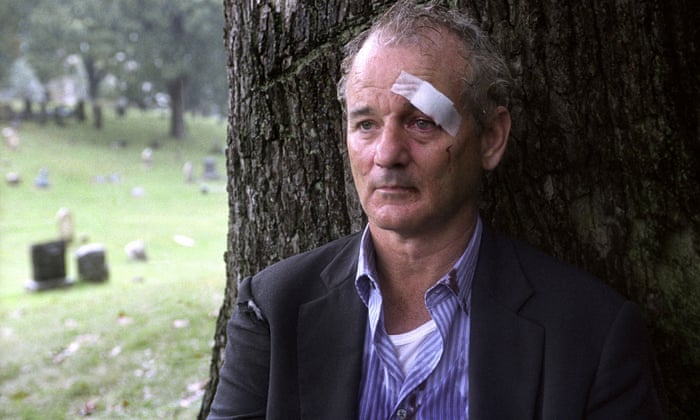Why a broken heart really hurts
The secret of how our mind processes emotional pain ought to change our outlook, says psychologist Sian Beilock

Social exclusion is a normal part of life. We have all, at one time or another, felt disliked at work, spurned by a partner or snubbed by friends. Even though it’s unpleasant, social rejection seems pretty different from a physical injury. Yet these experiences share a common biological substrate in the brain.
For decades, neuroscientists have been aware that a specific brain circuit is involved in registering physical pain. Whether you get pricked with a needle or sprain your ankle, many of the same neural circuits come alive to process the pain: the insula, the cingulate cortex and the somatosensory cortex. Scientists have discovered that some of those same neural tissues also give rise to painful feelings and emotions. In other words: we understand “hurt feelings” or a “broken heart” physically.